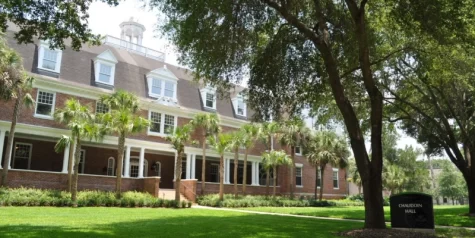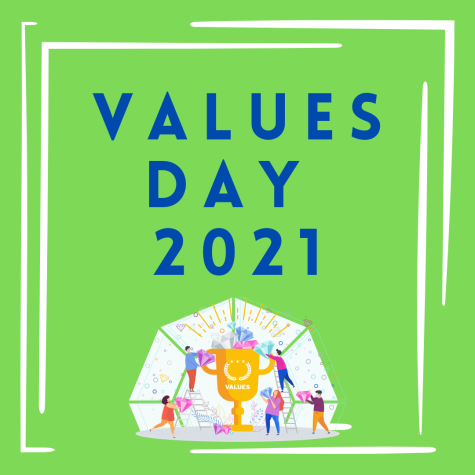Skeptical Science Sundays: Campus Rape Statistics
November 5, 2017
“1 in 5 female college students will be raped before they graduate.” If you’re in college, this is probably a statement you’ve heard before. It’s a simple fact, repeated constantly by everyone from professors to student activists. Student-on-student rape is an epidemic, and a huge portion of college women will be victims of it; but how accurate is that 1 in 5 statistic, and where did it come from in the first place?
The Campus Sexual Assault Study
Most sources which actually bother to cite the 1 in 5 figure attribute it to a 2007 report titled “The Campus Sexual Assault (CSA) Study.” You can find it here, but be warned: it’s not a very interesting read. The study used an online survey distributed to 5,446 women from two large U.S. universities. If you read my first article on critically evaluating studies, that might ring some alarm bells. Because this was a study of prevalence, i.e. measuring the rate of sexual assault among college students, surveying only students from two large public universities is unlikely to produce a generalizable result. Will rates remain constant at small campuses, private schools, religiously affiliated colleges, etc.? Most likely, a huge number of external factors will change the prevalence in these different environments.
Additionally, the 5,446 women surveyed in the CSA study represented only a 42% response rate for the survey, which is problematic for a few reasons. A low response rate is not a good indicator of a truly random sample. Responses based on a personal connection to the topic, perhaps because the responder has experienced sexual assault and wants to prevent it from happening to others, can skew results to show a trend that doesn’t exist. If most of the sample did not care enough about the topic to respond, it is likely that the resulting group is not truly representative of the population being addressed.
So What’s the Truth?
These issues with the CSA study are suspicious enough to cast doubt on the 1 in 5 statistic, but they raise another question: how common is campus sexual assault? A 2005 report titled “Violent Victimization of College Students” estimates the annual rate of sexual assault to be 6 in every 1,000 college students, based on a survey with an 80% response rate. Additionally, a more recent report from 2013 found the same rate among college students, but a rate 1.2 times higher for women ages 18-24 who were not attending college.
Why Does It Matter Anyway?
It can be (and has been) argued that the actual rate of sexual assault doesn’t matter, and that any rate above zero is cause for concern. While this is a fair point, the actual rate does matter for several reasons, and the popularity of the 1 in 5 myth can be harmful. For one thing, the continuous repetition of misleading statistics based on invalid studies is yet another example of ignoring scientific facts to promote an agenda, which is never admirable. But more importantly, the 1 in 5 statistic is most often used to emphasize the problem of campus sexual assault and support claims that college women are at an unusually high risk for sexual assault. While it is true that sexual assault is a problem on college campuses, it is even more common among same-age women who are not in college than among female students. Saying that 1 in 5 college women will experience sexual assault before graduation makes a great case for prevention programs targeted at campus communities, but these programs do nothing to reduce sexual assault rates among the most vulnerable population: women ages 18-24 who are not attending college. The focus on college campuses as breeding grounds for sexual violence does a major disservice to this statistically more vulnerable population of women.
To cut a long debate short, simple statistics like “1 in 5” are frequently an oversimplification of a very complex issue. All we can truly determine from the CSA study is that approximately 20% of the 5,000-odd women who completed the survey had experienced a sexual assault at some point in their lives. Taking that figure and extrapolating from it that “1 out of 5 college women will be sexually assaulted before graduation” is scientifically irresponsible. Additionally, keeping focus on college women ignores their non-matriculating peers, who are more at risk. While recognizing the issue of sexual assault on campus is certainly important, it isn’t worth ignoring evidence in the process.















